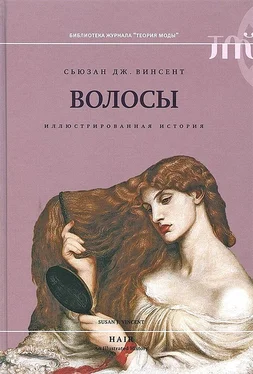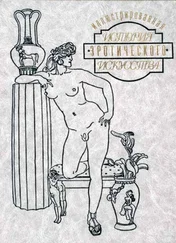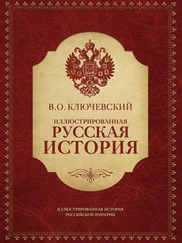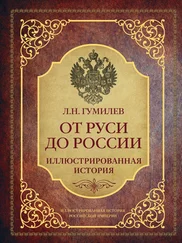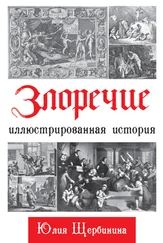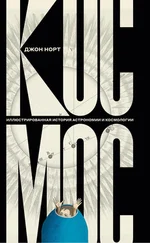Christie A. The Man in the Brown Suit (1924) // Agatha Christie: 1920s Omnibus. London: Harper Collins, 2006. Pр. 395–396. (Перевод приводится по изданию: Кристи А. Человек в коричневом костюме // Кристи А. Собрание сочинений в 20 томах. Том 2. Романы. М.: Артикул, 1993.)
Cit. ex: Gone Too Far This Time? // DM. 1969. October 16. P. 17.
EH. Р. 316.
La Fountaine. A brief collection of many rare secrets, sig. Br; London, Wellcome Library, Lowdham, Caleb (fl. 1665–1712), MS.7073 / digitized image 74.
DM. 193. October 24. P. 17. Регулярно подаваемые рекламные объявления повторяют одну и ту же историю на протяжении 24 лет.
Valeriano P. A treatise vvriten by Iohan Valerian a greatte clerke of Italie, which is intitled in latin Pro sacerdotum barbis translated in to Englysshe. [London, 1533]. P. 2r, sig. A2r. Отметим, что дата публикации этого трактатwа соотносится с решением Маттеуса Шварца отрастить бороду в 1535 году, записанным и проиллюстрированным в каталоге его одежды: The First Book of Fashion: The Books of Clothes of Matthäus and Veit Konrad Schwarz of Augsburg / Еd. Ulinka Rublack and Maria Hayward. London: Bloomsbury, 2015. P. 152.
Taylor J. Superbiae flagellum, or, The vvhip of pride. London, 1621. Sigs C7v — C8r.
См., например: Stubbes P. The second part of the anatomie of abuses conteining the display of corruptions. London, 1583. Sigs G8r — G8v.
J.[ohn] B.[ulwer] Anthropometamorphosis: man transform’d: or the artificiall changling. London, 1653. Scene XII. Р. 193.
Cavallo S. Artisans of the Body in Early Modern Italy: Identities, Families and Masculinities. Manchester: Manchester University Press, 2007. P. 42.
Fisher W. Materializing Gender in Early Modern English Literature and Culture. Cambridge: Cambridge University Press, 2006. Chapter 3; Rycroft E. Facial Hair and the Performance of Adult Masculinity on the Early Modern English Stage // Helen Ostovich, Holder Schott Syme and Andrew Griffin (eds). Locating the Queen’s Men, 1583–1603: Material Practices and Conditions of Playing. Aldershot: Ashgate, 2009. Pр. 217–228; см. также Johnston M. A. Bearded Women in Early Modern England // Studies in English Literature 1500–1900. 2007. Vol. 47. Pр. 1–28.
Partridge J. To make the haire of the bearde to grow // The widowes treasure. London, 1588. Sigs [D5r — D5v].
Изложенное далее см.: Moller H. The Accelerated Development of Youth: Beard Growth as a Biological Marker // Comparative Studies in Society and History. 1987. Vol. 29. Pр. 753–757.
Cit. ex ibid. Р. 753.
Город примерно в 40 км от Лондона вниз по течению Темзы, что составляет чуть менее трети пути до Дувра. ( Прим. пер. )
Huxley G. Endymion Porter: The Life of a Courtier 1587–1649. London: Chatto and Windus, 1959. P. 76; The Letters of John Chamberlain / Еd. Norman Egbert McClure. 2 vols. Philadelphia: American Philosophical Society, 1939. Vol. II. Pр. 480–481.
Cit. ex: Muddiman J. G. Trial of King Charles the First. Edinburgh and London: W. Hodge and Company, 1928. P. 150. Также см.: Wedgwood C. V. The Trial of Charles I. London: Collins, 1964. P. 189, а также литературу в примечании 47 (p. 241).
См., например: Robertson G. Who Killed the King? // History Today. 2006. Vol. 56. No. 11. www.historytoday.com/geoffrey-robertson/who-killed-king (по состоянию на 22 февраля 2015).
Fisher. Materializing Gender. Р. 83.
Shakespeare W. A Midsummer Night’s Dream. I.2, lines 83–89. (Перевод Т. Л. Щепкиной-Куперник.)
Letters of John Chamberlain / Еd. McClure. II. Р. 630.
Orgel S., Strong R. (eds) Inigo Jones: The Theatre of the Stuart Court. 2 vols. [London]: Sotheby Parke Bernet, 1973. Vol I. P. 384.
Подробнее о проекте см.: thequeensmen.mcmaster.ca/index.htm (по состоянию на 28 января 2015).
Rycroft. Facial Hair and the Performance of Adult Masculinity. Рp. 225–256.
Clavell J. Recantation of an Ill Led Life, 1634 // Pafford J. H. P. John Clavell 1601–43: Highwayman, Author, Lawyer, Doctor. Oxford: Leopard Press, 1993. P. 6.
The Letters of Lady Arbella Stuart / Еd. Sara Jayne Steen. New York: Oxford University Press, 1994. P. 69.
Fisher. Materializing Gender. Рp. 85–86.
За перевод текста с гравюры я благодарю Алана Даннета.
Следующие ниже сведения изложены по изданию: Holbrook S. The Beard of Joseph Palmer // The American Scholar. 1944. Vol. 13. No. 4. Pр. 451–458.
Согласно Оксфордскому словарю, морфема «pogon», от греческого слова, означающего «борода», впервые появляется в английском языке в 1631 году.
New Fashion of Wearing the Beard // The Penny Satirist. 1841. January 16. P. 1.
Cit. ex: Corson R. Fashions in Hair: The First Five Thousand Years. London: Peter Owen, 1971. P. 405.
The Hair and the Beard // The Leeds Mercury. 1881. January 22. P. 5.
Ibid.
Cit. ex: Lethbridge L. Servants: A Downstairs View of Twentieth-Century Britain. London: Bloomsbury, 2013. P. 43.
Изложенные ниже идеи упоминались в таких публикациях, как: H. M. Why Shave? or Beards v. Barbery. London, [n.d., c. 1888]; Theologos, Shaving: A Breach of the Sabbath. London; Saunders; Otley, 1860; Gowing T. S. The Philosophy of Beards. Ipswich: J. Haddock, [1854]; repr. London: British Library, 2014.
The Beard in Fog, Frost, and Snow // Daily News. 1854. January 21.
Why Shave? Р. 29. И все же установление связи между чартизмом и ношением бороды ( Oldstone-Moore C. The Beard Movement in Victorian Britain // Victorian Studies. 2005. Vol. 48. Pр. 7, 10, 16) кажется ошибочным, поскольку почти все лидеры чартистов были чисто выбриты или носили только бакенбарды (как и большинство мужчин того времени). Знаменитый многократный призыв Фергуса О’Коннора к «фланелевым курткам, стертым рукам и небритым подбородкам» (см.: Pickering P. Class Without Words: Symbolic Communication in the Chartist Movement // Past and Present. 1986. Vol. 112. Pр. 144–162), скорее всего, относится к щетине, возникающей при типичном для рабочего бритье раз в неделю, а не к реальной самопрезентации через бороду.
Читать дальше
Конец ознакомительного отрывка
Купить книгу
